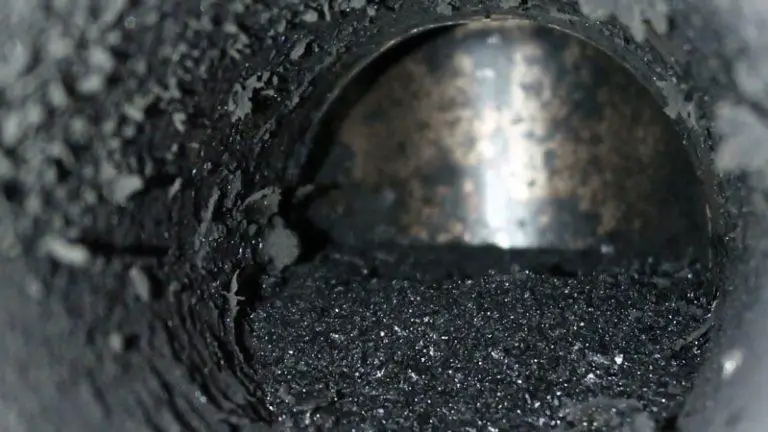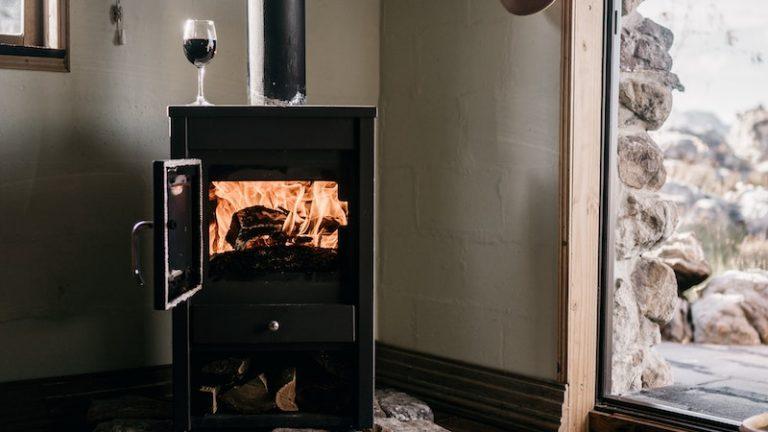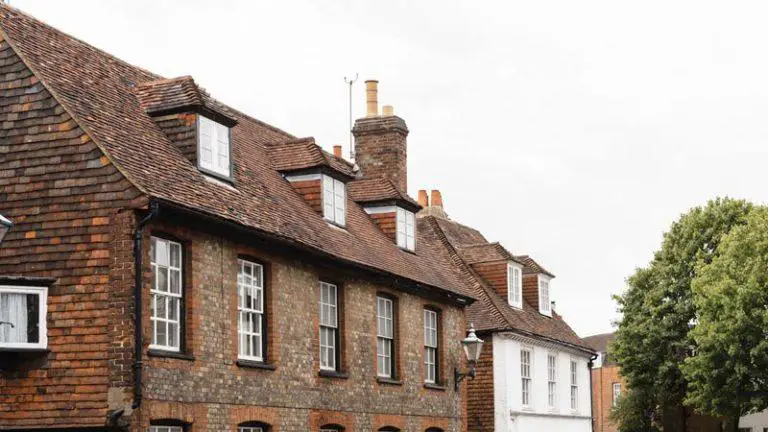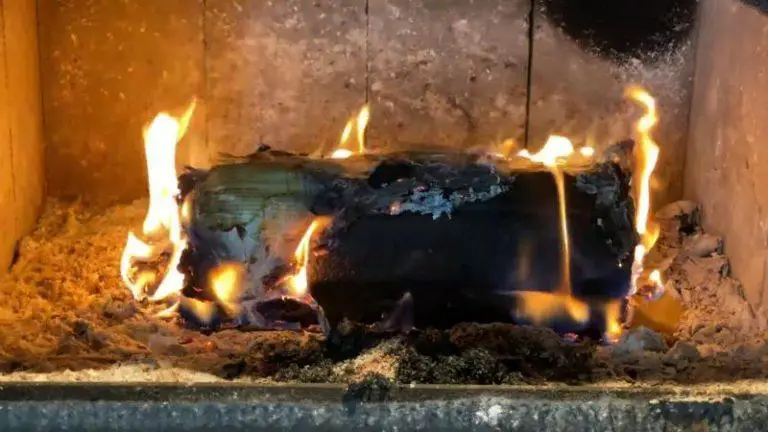What Is In Creosote Sweeping Log
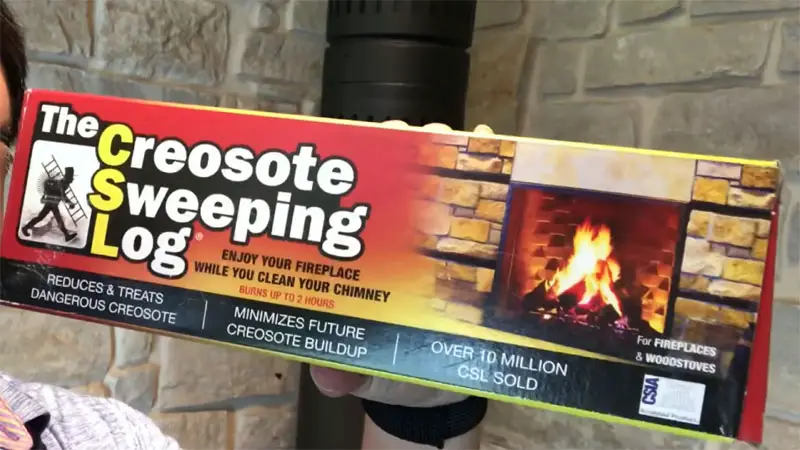
If you have a chimney that is full of creosote or tar, the best way to clean it is to use a CSL–a Chimney Sweeper Liner. Sweep when the fire is extinguished or else you will risk burning yourself Keep children away from the area being swept and be aware of hot spots.
Avoid contact with flames Use caution while sweeping and make sure not to hit any hazardous materials. Make sure your CSL has been properly maintained in order for it to work safely.
You'll Learn About
What Is In Creosote Sweeping Log?
Sweeping up creosote and tar can be dangerous if not done correctly, so use caution when doing it. Keep children away from the area being swept while you are working to prevent accidents.
Be aware of hot spots and stay away from them while sweeping; otherwise you could get burned. Sweep only during daylight hours to avoid getting caught in a fire at night or on a weekend.
Use A CSL To Sweep Creosote And Tar
If you have to clean up an area containing creosote or tar, using a CSL can make the job much easier. This machine is specifically designed for this type of work and comes with a variety of attachments.
You will want to be sure that your CSL has been properly cleaned before use in order to avoid any harmful fumes or residues. Keep an eye on the surroundings while using your CSL- it’s easy to sweep too close to electrical wires or other hazards.
Always wear protective gear when cleaning with a CSL- including safety glasses, gloves, and a face mask if necessary.
Sweep When The Fire Is Extinguished
Creosote sweeping logs are made of natural materials that can help you safely sweep up any debris after a fire is extinguished or when the risk of burning yourself is highest.
Place the sweeper on an even surface and extend the arms so they’re perpendicular to each other. Sweep in a circular motion, starting from outside the perimeter of your fire area and working inward toward it until all debris has been gathered.
If there’s still material left over, repeat steps 2-4 as necessary until everything has been swept up. Store your creosote sweeping log away from heat sources to prevent it from deteriorating.
Keep Children Away From The Area Being Swept
Creosote sweeping is a process of removing debris, such as leaves and twigs, from yards or other areas. It’s important to use caution when performing this task- especially around children.
Wear protective gear, such as gloves and eye protection, when you sweep the area. Sweep up all the debris before it has a chance to accumulate in large piles or create dangerous conditions for wildlife or people nearby.
Clean up any spills immediately so they don’t damage your property or environment
Beware Of Hot Spots; Avoid Contact With Flames
Creosote sweeping logs are a must-have for any home with a fireplace. However, be aware of hot spots; avoid contact with flames and make sure your log is well maintained to reduce the risk of fire.
Cleaning your chimney should also be on your list of winter chores. Be sure to have proper flue clearance in order to sweep safely – creosote can block vents and cause fires. Make sure you’re using the right kind of cleaning equipment when tackling this task – improper use could result in serious injury or even death
What are creosote sweeping logs made of?
Creosote sweeping logs are made of a special type of wood that is specially treated to make it resistant to fire. When a sweep crew uses these logs to clean up after a fire, they keep the area around the fire free from debris and dangerous materials.
Made of Organic Compounds
Creosote sweeping logs are made out of organic compounds which could have burned in the fireplace while the wood was burning. These compounds would then leave the firebox unburned and contain toxic chemicals that can harm you and your home.
Careful When Igniting
If you sweep with a creosote sweepablelog and you are not careful, it may result in more damage than good to your home. This is because these logs often do not burn completely and will contain residue from the creosote that can cause problems down the line including fires, respiratory issues, and even cancer.
Are creosote logs toxic?
Creosote logs are made from the wood of trees that have been treated with a special chemical called creosote. Creosote is used to protect the wood from insects and decay, and it also gives the logs their color.
Some people use creosote logs for firewood, because they think they’re safe. But some experts say that creosotes can be very dangerous if you touch them or breathe in their fumes. They can cause cancer, liver damage, and other problems.
There are no creosote logs that are non-toxic.
Are creosote cleaning logs safe?
Cleaning logs are a popular way to clean wood floors. They work by using heat and water to break down the oils, dirt and other debris on the floor. However, there is some concern that these logs may contain harmful chemicals.
If you’re concerned about this, you can try cleaning your wood floors with a cleaner made specifically for this purpose instead.
Safe to Burn in Any Wood-Burning Fire
Creosote logs are a common way to clean wood ashes.
Creosote is a type of petroleum distillate that is used as a fuel and preservative for wood fires. Burning creosote logs does not release any harmful chemicals into the air, and it is safe to use in any kind of outdoor or indoor fire.
You can also burn creosote logs indoors if you have an open fireplace or chimney without a cleaning log. Keep burning creosote logs indoors so they do not accumulate around your home and cause health hazards.
Are creosote logs safe to breathe?
Creosote is a toxic pollutant that can cause respiratory irritation. If you use creosote logs in your fireplace, make sure to avoid breathing in the smoke.
You can safely use a creosote log in your fire place without worrying about health concerns. Be sure not to breathe in the smoke from any kind of burning material- even if it’s a creosote log.
Follow all safety guidelines when using any type of burning material- including creosotes.
Does burning an aluminum can remove creosote?
If you’re looking to remove creosote from a surface, it’s best to clean the area with chimney brushes first. Burning an aluminum can will not do the trick – in fact, fumes may result.
To completely get rid of creosote buildup, you’ll need to clean the area thoroughly and regularly using chimney brushes. Make sure never to burn plastic or other materials while trying to remove creosote – it could cause serious fire hazards.
How do you make creosote remover?
If you have a creosote problem on your property, one option is to make creosote remover. This is a solution of water, ammonia, and detergent that’s used to cleanse the wood and remove the tar that forms as a result of creosote use.
To make creosote cleaner, you will need: soapy water, a stone, glass or metal object, and creosote cleaner.
- Soak the stone, glass or metal object in the soapy water for a few minutes.
- Buff it with a soft cloth to remove any dirt or debris.
- Use Creo-Sootte Cleaner to clean the surface of the item properly.
Do potato peels clean chimneys?
In the autumn, when potato skins are collecting on the ground, gather them up and place them in a bag for future use. When it’s time to clean your chimney, ash from a burning fire will do the trick.
If you have an abundance of acorns lying around in the fall, be sure to save them as well – they can help keep your chimney clean too. Finally, make sure you close off any openings near your fireplace during cold weather so that smoke and heat don’t escape
Is chimney creosote good for anything?
Creosote is a by-product of the coal-tar processing industry and was originally used as a wood preservative. It has now also been used for meat preservation and medical purposes, with antiseptic properties making it useful in hospitals.
Coal tar creosote has various uses, but is most commonly known for its ability to preserve meat or prevent spoilage in hospitals. Although not recommended for regular use, creosote can be helpful in some cases if you know what to look out for – such as when using it around food items or around sensitive surfaces like windowsills.
How often should you burn a creosote log?
Always burn a creosote log when you have a fire in your fireplace- this will help prevent chimney fires. Clean your chimney once or twice per year if it’s only used occasionally- this will keep the fireplace clean and working properly.
Use the creosote log as needed to start your fire- remember that each time you use it, there is an increased risk of a Chimney Fire. Be sure to check for updates on our blog about prevention tips for fireplace safety – we publish new information regularly.
To Recap
Creosote sweeping logs are made of wood, paper and other materials that have been treated with creosote. Creosote is a toxic by-product of oil production, and it has been used in lumber products for many years.

